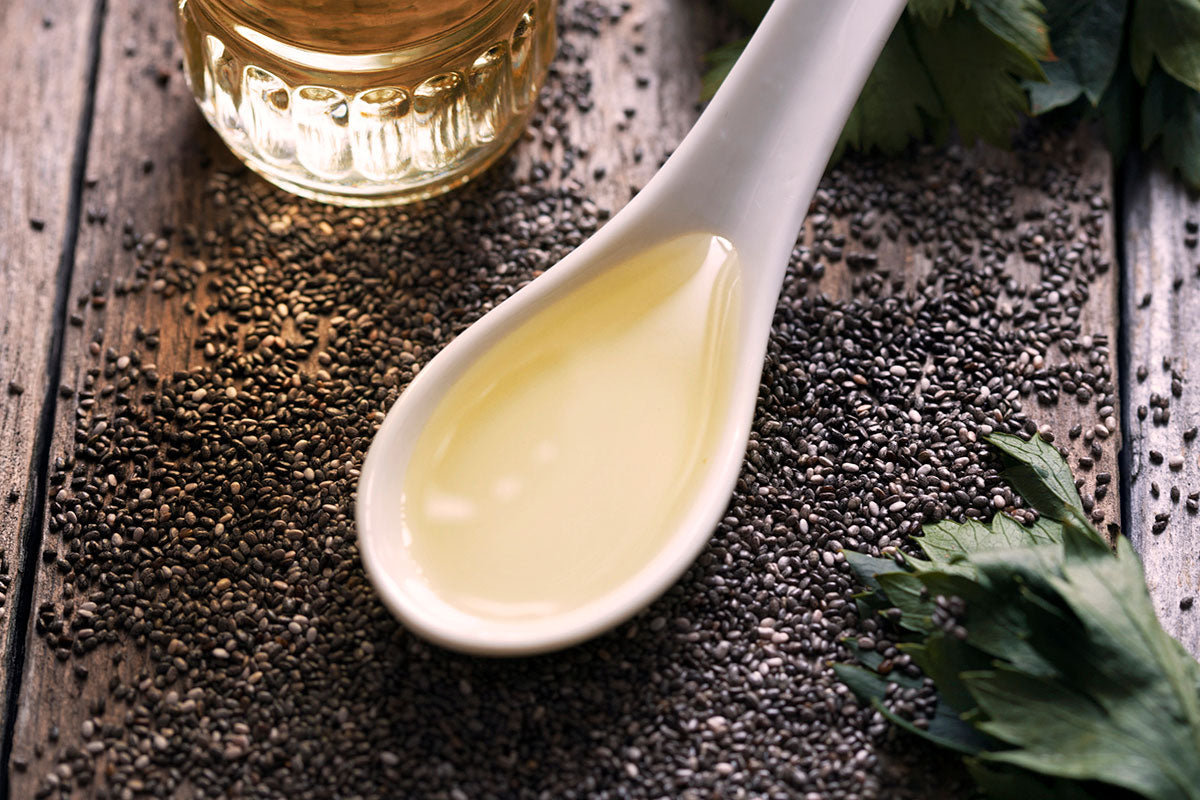Your Cart is Empty
Shop now on Amazon
Leigh-Anne Wooten MS, RDN/LDN, FAND, LSS BB
Registered Dietitian
Every February we celebrate National Heart Month: Spotlighting heart disease and encouraging people to focus heart health. And, while it is well known that a vegan diet can be a very heart healthy way of eating, there is one specific nutritional concern that can impact a vegan’s cardiovascular health: the ratio of omega-6 fatty acid to omega-3 fatty acid intake. This includes both vegans and non-fish-eating vegetarians. While the medical implications of this are not fully known, there are specific recommendations that vegans should follow to try and balance their intake of these two fats.
Omega-3 & Omega-6 Defined
Two important categories of polyunsaturated fats (aka: the good-for-you fats) include omega-3 and omega-6 fatty acids. The body can’t make either of them, so we get them from food, beverages or supplements. Check out the table below for more details.
Omega-3
Alpha-Linolenic Acid (ALA): Nuts, seeds and plant oils like chia, flax, soy and canola.
Eicosapentaenoic Acid (EPA) / Docosahexaenoic Acid (DHA): The body can convert some ALA into EPA and then into DHA, but the main sources include: salmon, mackerel, tuna, herring, sardines, algal oils or fish oil supplements.
Omega-6
Linoleic acid (LA): Safflower oil, sunflower oil, corn oil, soybean oil, sunflower seeds, walnuts, pumpkin seeds.
Arachadonic Acid (AA): Made from the conversion of LA in the body.
Omega-3 fats are very important as they help:
Why worry about the ratio of these fats?
Studies suggest that human beings evolved on a diet with an omega-6 to omega-3 ratio of about 1:1 whereas the current western diet has a ratio closer to 16:1. This is largely because we eat few things high in omega-3 and A LOT of things high in omega-6 (like processed seed and vegetable oils).
The ratio for vegans is about 10:1!
Scientists have hypothesized that a diet high in omega-6’s but low in omega-3’s increases inflammation and therefore increases risk for cardiovascular and inflammatory diseases like those listed above in addition to some cancers. On the other hand, a diet that includes balanced amounts of each reduces inflammation and helps with all those serious health conditions.
The goal?
A ratio closer to 2-4:1. For the general public, the recommendation is to include more foods high in omega-3 like tuna and salmon. The concern for vegans is that they don’t eat these foods, which puts them at even higher risk. So, what can they do?
Vegans should follow these recommendations:
Don’t get caught up in the nitty-gritty of the ratio, that would drive anyone crazy! Instead, focus on these suggestions:
Here’s to your heart!
